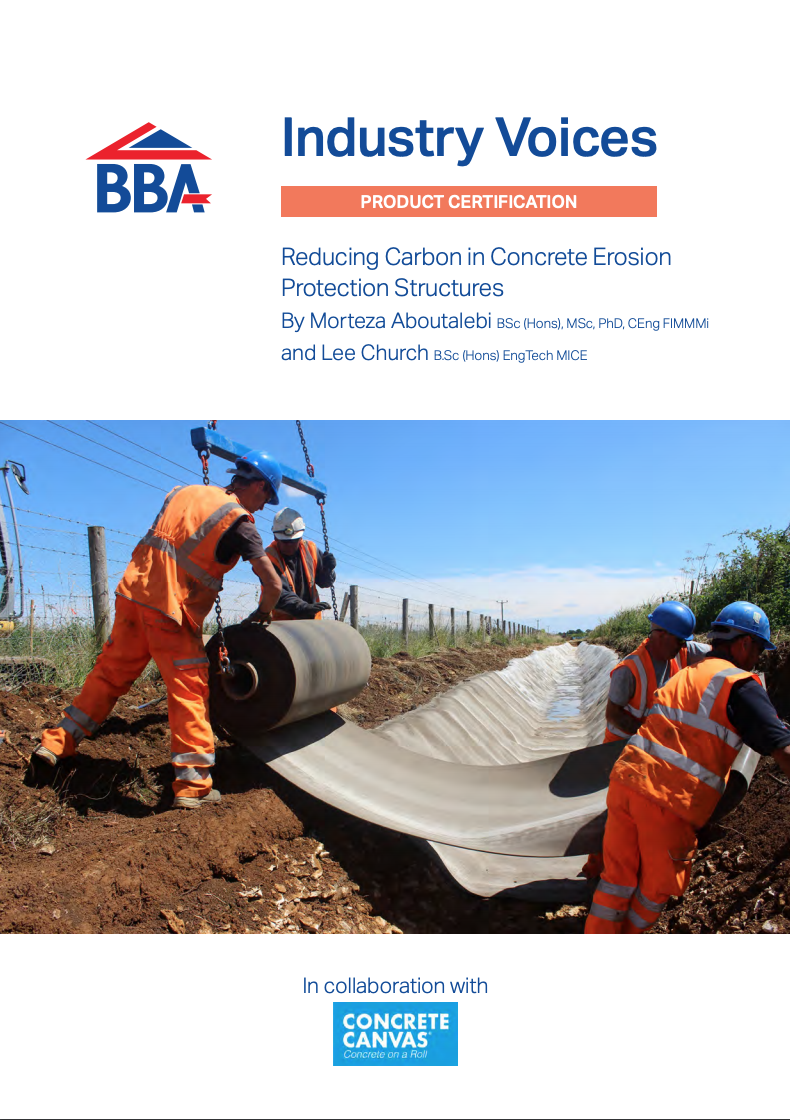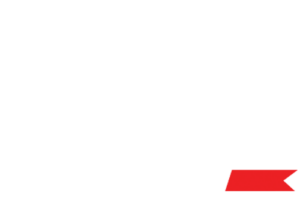You’d think that when there is an opportunity to mitigate risk, using that opportunity would come as a no-brainer for everyone concerned. However, with so many dangers lurking in the shadows, or even right in front of us in some instances, it is easy to forget, miss or not notice these risks completely.
Even the slightest changes have the potential to make a big difference to people’s well-being and safety; from product certification such as the BBA Agrément and HAPAS certification through to on-site PPE. We can all do our bit to mitigate the risks run throughout the construction supply chain.
Regardless of industry sector, managing risk starts with 4 critical things:
1.
Accepting and managing the risk accordingly
2.
Avoiding that risk by taking actions and removing any exposure
3.
Transferring the risk to a willing third party
4.
Reducing the risk by minimising its potential impact
Whichever strategy your organisation chooses, or the best course of action for the circumstances you find yourself in, it’s important to mitigate risk where you can.
We highlight 7 ways to Mitigate Risk in Construction:
1. Work with the right people
You can employ anyone to cut a wire, but knowing which wire is the right one to cut, and when, is a skill; a skill that can reduce risk, keep projects on course and minimise mistakes and delays.
Employing a competent person to deliver various stages of a project will invariably mean that they understand the risks attributed with their line of work; after all, they are an expert in their field (or should be), and therefore have experience with what ‘right’ looks like, spotting any issues before they occur which could subsequently delay a project.
2. Plan and Prioritise
Any project needs to be planned correctly, which includes a prioritised list of activities, usually in chronological order. These help clarify deadlines and expectations around when trades involved and the various stages in that project are completed, required, or due to start on-site.
Planning ahead helps to highlight the areas where potential risks may arise, and precautions can be taken (and even planned for) in advance. Appointing a risk manager or management team with experience within construction that knows and understands the pitfalls and how to mitigate these, takes planning a step further.
Documenting, and retrospectively looking back at previously planned projects, allows you to learn from prior mistakes and avoid them in the future.
3. Probability v Consequence
This is usually when a risk matrix is the most beneficial.. Rating individual risks by their likelihood and the consequence of this occurring will produce and easy to understand matrix for everyone involved.
Those with the highest rated likelihood and consequence, often categorised as ‘in the danger zone’, will and should be addressed first and foremost as these are the areas that can cause the most disruption – both in terms of time and finances.
4. Have options
If you’ve already created a plan of action, make sure you factor in contingency plans in case things don’t go as expected. This can be critical to providing enough time to deal with any unforeseen circumstances or issues.
Continuous monitoring of this plan (as any good Project Manager will tell you) is integral, as things can change quickly in terms of timescales, deliveries and completion of individual tasks. Keeping a keen eye on progress, changes to the schedule and dealing with any deviations that may occur will minimise disruption to the project timeline and completion date.
5. Stick to the law
It may sound obvious, but knowing and understanding how to interpret the law can help reduce risks throughout the construction supply chain. From building regulations and harmonised standards to on-site health and safety and PPE, understanding how legislation and conformance may impact a construction project will ultimately help to deliver a result that produces no nasty surprises before, during or after completion.
6. Test and Review
Before construction begins, any areas of a project that can be tested and reviewed should be. For example, using new and existing technology (such as BIM) for better project coordination, collaboration and workflows, or a third party to verify conformance of individual components can seem like an additional entity that may add complexity into a project, but doing this at the beginning can save time in the long-run, rather than trying to rectify issues that occur later on, potentially saving you time and money over the duration of the project.
7. Ask for certifications, guarantees, assurances
Any form of certification, guarantee or assurance that you can get for a product, service, build-up or full construction project can reduce the risk for all parties involved. Using products that have been certified by credible bodies, means the testing and approval for ‘doing what it says on the tin’ has already been completed. This, in itself, is a time-saver pre-project. The main benefit lies in the ability to reduce the risks involved by using the correct materials, the first time around.
It Doesn’t Stop There!
Taking things a step further, mitigating risk also lies in the setting of priorities, securing data across the whole supply chain, collaborating and utilising a joined–up approach (or ‘golden thread’) throughout the landscape, not overstretching (especially in high–risk areas) and implementing quality assurance plans.
We recognise that our customers believe in the power of 3rd party certification as a way to mitigate their own risk within their own product development plans. That means that whichever risk mitigation actions are most appropriate, are decided according to the size and scope of the project. But more importantly, mitigating risk relies on the way that each of these factors are implemented to determine the best outcome in the long-run.
If you want to understand more about how we help our clients mitigate their risk through product and system certification, auditing and inspection and testing, get in touch here.
Share This Story, Choose Your Platform!
Related News
You’d think that when there is an opportunity to mitigate risk, using that opportunity would come as a no-brainer for everyone concerned. However, with so many dangers lurking in the shadows, or even right in front of us in some instances, it is easy to forget, miss or not notice these risks completely.
Even the slightest changes have the potential to make a big difference to people’s well-being and safety; from product certification such as the BBA Agrément and HAPAS certification through to on-site PPE. We can all do our bit to mitigate the risks run throughout the construction supply chain.
Regardless of industry sector, managing risk starts with 4 critical things:
1.
Accepting and managing the risk accordingly
2.
Avoiding that risk by taking actions and removing any exposure
3.
Transferring the risk to a willing third party
4.
Reducing the risk by minimising its potential impact
Whichever strategy your organisation chooses, or the best course of action for the circumstances you find yourself in, it’s important to mitigate risk where you can.
We highlight 7 ways to Mitigate Risk in Construction:
1. Work with the right people
You can employ anyone to cut a wire, but knowing which wire is the right one to cut, and when, is a skill; a skill that can reduce risk, keep projects on course and minimise mistakes and delays.
Employing a competent person to deliver various stages of a project will invariably mean that they understand the risks attributed with their line of work; after all, they are an expert in their field (or should be), and therefore have experience with what ‘right’ looks like, spotting any issues before they occur which could subsequently delay a project.
2. Plan and Prioritise
Any project needs to be planned correctly, which includes a prioritised list of activities, usually in chronological order. These help clarify deadlines and expectations around when trades involved and the various stages in that project are completed, required, or due to start on-site.
Planning ahead helps to highlight the areas where potential risks may arise, and precautions can be taken (and even planned for) in advance. Appointing a risk manager or management team with experience within construction that knows and understands the pitfalls and how to mitigate these, takes planning a step further.
Documenting, and retrospectively looking back at previously planned projects, allows you to learn from prior mistakes and avoid them in the future.
3. Probability v Consequence
This is usually when a risk matrix is the most beneficial.. Rating individual risks by their likelihood and the consequence of this occurring will produce and easy to understand matrix for everyone involved.
Those with the highest rated likelihood and consequence, often categorised as ‘in the danger zone’, will and should be addressed first and foremost as these are the areas that can cause the most disruption – both in terms of time and finances.
4. Have options
If you’ve already created a plan of action, make sure you factor in contingency plans in case things don’t go as expected. This can be critical to providing enough time to deal with any unforeseen circumstances or issues.
Continuous monitoring of this plan (as any good Project Manager will tell you) is integral, as things can change quickly in terms of timescales, deliveries and completion of individual tasks. Keeping a keen eye on progress, changes to the schedule and dealing with any deviations that may occur will minimise disruption to the project timeline and completion date.
5. Stick to the law
It may sound obvious, but knowing and understanding how to interpret the law can help reduce risks throughout the construction supply chain. From building regulations and harmonised standards to on-site health and safety and PPE, understanding how legislation and conformance may impact a construction project will ultimately help to deliver a result that produces no nasty surprises before, during or after completion.
6. Test and Review
Before construction begins, any areas of a project that can be tested and reviewed should be. For example, using new and existing technology (such as BIM) for better project coordination, collaboration and workflows, or a third party to verify conformance of individual components can seem like an additional entity that may add complexity into a project, but doing this at the beginning can save time in the long-run, rather than trying to rectify issues that occur later on, potentially saving you time and money over the duration of the project.
7. Ask for certifications, guarantees, assurances
Any form of certification, guarantee or assurance that you can get for a product, service, build-up or full construction project can reduce the risk for all parties involved. Using products that have been certified by credible bodies, means the testing and approval for ‘doing what it says on the tin’ has already been completed. This, in itself, is a time-saver pre-project. The main benefit lies in the ability to reduce the risks involved by using the correct materials, the first time around.
It Doesn’t Stop There!
Taking things a step further, mitigating risk also lies in the setting of priorities, securing data across the whole supply chain, collaborating and utilising a joined–up approach (or ‘golden thread’) throughout the landscape, not overstretching (especially in high–risk areas) and implementing quality assurance plans.
We recognise that our customers believe in the power of 3rd party certification as a way to mitigate their own risk within their own product development plans. That means that whichever risk mitigation actions are most appropriate, are decided according to the size and scope of the project. But more importantly, mitigating risk relies on the way that each of these factors are implemented to determine the best outcome in the long-run.
If you want to understand more about how we help our clients mitigate their risk through product and system certification, auditing and inspection and testing, get in touch here.
Share This Story, Choose Your Platform!
Related News
Get in touch
Please complete the form below and we will contact you as soon as possible.
To help us to respond to your inquiry as quickly as possible, we have put a handy list of our services below.


